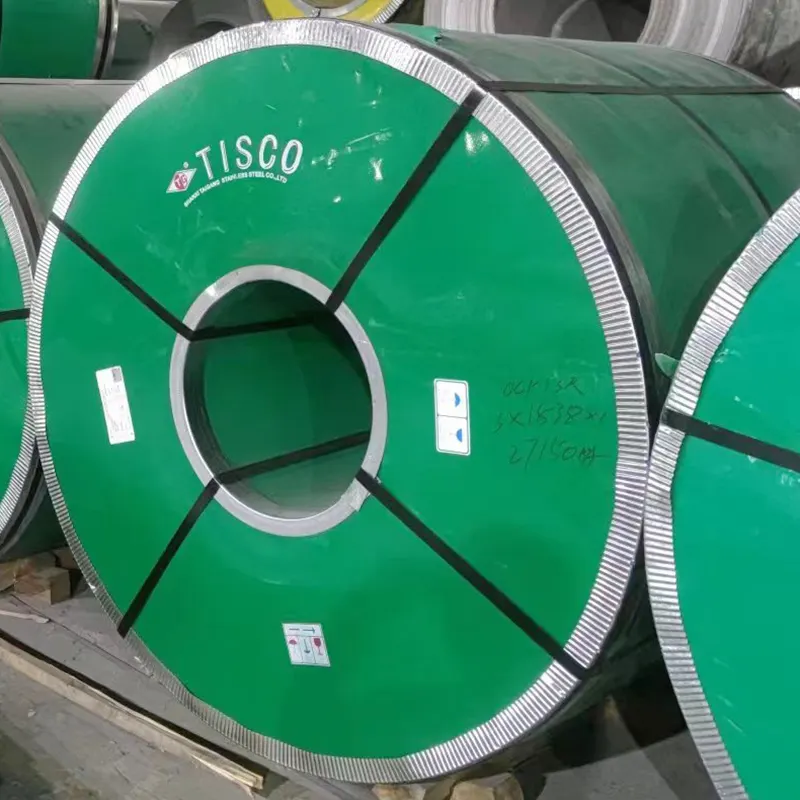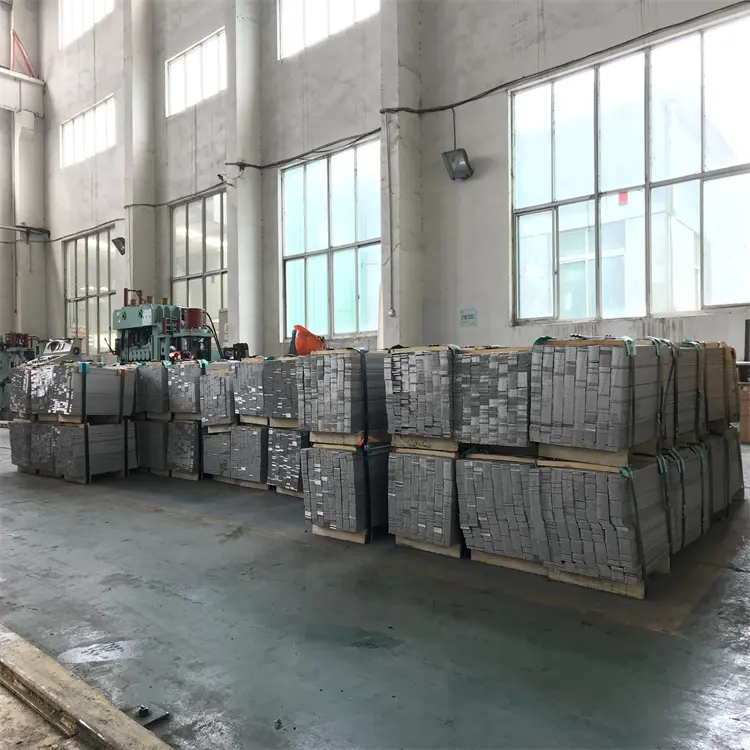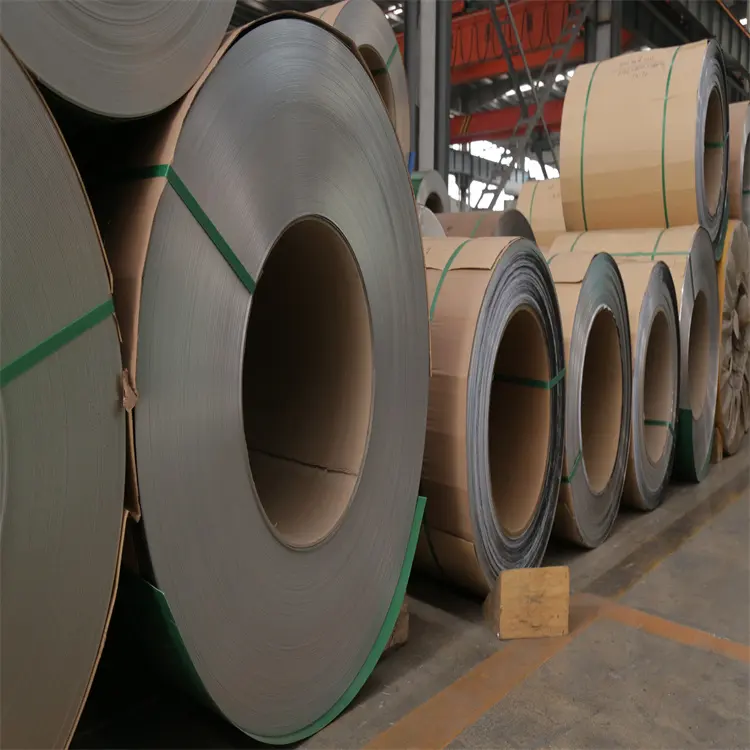stainless steel angle price
Stainless steel angle pricing represents a crucial consideration in construction and manufacturing sectors, reflecting the material's quality, durability, and market dynamics. These angular components, formed from high-grade stainless steel, typically range from 304 to 316 grades, offering exceptional resistance to corrosion and structural integrity. The pricing structure incorporates various factors, including material thickness, leg length dimensions, and finish quality. Current market rates fluctuate based on raw material costs, manufacturing processes, and global supply chain conditions. The price point often correlates with the angle's specifications, such as size variations from 20x20mm to 200x200mm and thicknesses ranging from 3mm to 12mm. Manufacturers determine prices considering production volume, material grade, and surface treatment requirements. The cost-effectiveness of stainless steel angles becomes apparent through their long-term durability, minimal maintenance requirements, and versatile applications across industries. These components prove invaluable in architectural projects, industrial frameworks, and marine applications, where their corrosion resistance and structural strength justify the investment.


